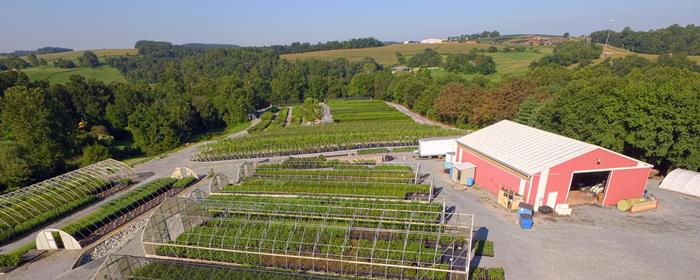For three or more years now we continue to hear about industry wide and national plant shortages. The simple adage of supply and demand applies to be sure. But beyond this dynamic however, lies influences spanning decades in the making as well as current events.
The housing collapse and “Great Recession” from 2008-2012 continue to influence the industry. This period for growers, landscape contractors and associated enterprises represented the biggest “correction” to the green industry in several decades. Until 2008, growers expanded production capacity, plant varieties and markets in a competitive environment that generally favored the consumer with competition and variety. Depending on what part of the country and industry segment one looks at, the green industry shrank between 25-50% during the recession. Many of those people left the industry and did not return. Growers of larger trees didn’t line out fields for three or four seasons in many cases.
Industry Shakeout
Additionally from the early 2000’s and spanning the recession, generational changes were occurring for growers. Older propagators and growers were at or near retirement. In many cases, there were no “next generation” family members interested in the challenges of the nursery business. The recession all but ensured there were also no other buyers for these operations. The net effect again was to compound the overall loss of plant production capacity. This is still evident today with the recent closing of Lawyer Nursery (Montana & Washington) in 2018 as an example.
When the economy again got legs in 2013 and until the present, there are far fewer growers and landscape contractors in business. On the upside, those that managed the difficult times were stronger operations and poised to take advantage of increased demand for plants and services. Overall the industry has rebounded nicely, but there are lasting effects. The pain of the recession is in the back of peoples mind when deciding if they want to expand production of simply hold at current levels.
Rising Costs
Higher costs of goods to produce plants and increased labor and health care costs are affecting our industry like so many others. We desire to take care of the employees that help our businesses succeed with respectable and competitive wages and benefits. These increased costs are accounted for in the prices to our customers as they have been significant.
Labor Crisis
While it has been an issue for many decades, the current labor crisis is forcing growers and landscape contractor’s alike to re-evaluate their business plans. Many would like to expand, but cannot find adequate human resources to do so. Many are maintaining the status quo and looking to equipment and mechanical solutions to assist with the workload. Sadly, we read about operations that simply have ceased to exist because of the labor crisis. Adaptive management strategies and creativity will be the key over the next decade to overcome these challenges.
Where is the Next Generation?
There is concern within the nursery community about the future and who will represent “next generation” of producers. Many high school and secondary education programs have been eliminated from curriculum offerings. We support programs like “Seed Your Future” that look at creative ways to help encourage young people to consider opportunities in our industry
Plant Shortages Will Continue
While many business owners in the industry are all too aware of these impacts, we don’t think many of our customer understand the very real challenges we face. For decades, plants were plentiful and very competitively priced. The purpose of this article it to help our loyal customer understand the current dynamics of our industry. It’s always good to get together at industry events and hear what others are seeing and hearing. If our crystal ball is accurate, we expect this trend to continue: tighter supplies and increased costs associated with the plants and products we all love to produce and install.




We are so glad to have you as partners in the Seed Your Future movement. Together we can inspire more people to pursue green collar careers.